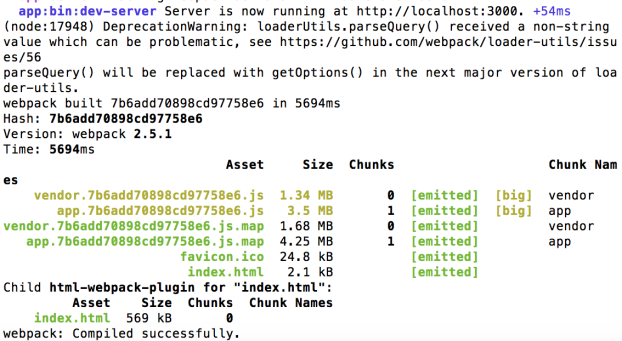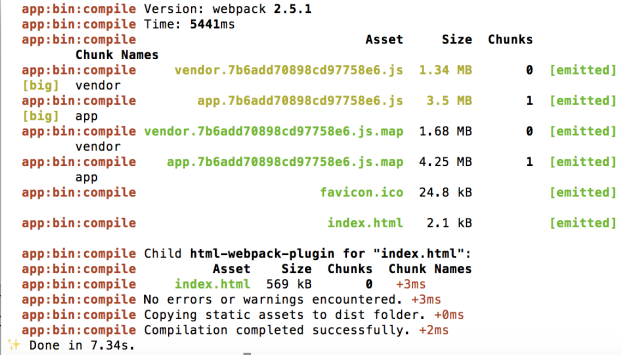cubius
This is an open source project supported by the Vision Lab at Harvard University. Cubius is a script-based experiment engine that runs psychology experiments online.
Cubius
This project is designed to help students and researchers make online psychology experiments. The engine takes experiment script, and then compile and run script in browser. Read more about how to install below, or check out the API documentation in Wiki.
We are looking for contributors to design new modules and effects, please send a PR.
Table of Contents
Requirements
- node
^5.0.0 - yarn
^0.23.0or npm^3.0.0
Installation
After confirming that your environment meets the above requirements, checkout this project and give it a new name:
$ git clone https://github.com/lina128/cubius.git <my-project-name>
$ cd <my-project-name>
When that’s done, install the project dependencies. It is recommended that you use Yarn for deterministic dependency management, but npm install will suffice.
$ yarn # Install project dependencies (or `npm install`)
Running the Project
After completing the installation step, you’re ready to start the project! Open up your browser, and try the examples in example.json.
$ yarn start # Start the development server (or `npm start`)
yarn <script> |
Description |
|---|---|
start |
Serves your app at localhost:3000 |
deploy |
Builds the application to ./dist |
A successful start should look like this screenshot:

A successful deploy should look like this screenshot:

Project Structure
The project structure follows the fractal pattern demonstrated in this project (https://github.com/davezuko/react-redux-starter-kit) by Davezuko.
.
├── bin # All build-related code
├── config # All configurations
├── dist # Compired files
├── public # Static public assets
├── server # Express application that provides webpack middleware
│ └── main.js # Server application entry point
├── src # Application source code
│ ├── index.html # Main HTML page container for app
│ ├── main.js # Application rendering
│ ├── config.js # Game configurations
│ ├── Game # Main Game object for app
│ ├── states # States/Modules
│ │ ├── index.js # Bootstrap states
│ │ ├── Blank.js # Blank state
│ │ ├── Boot.js # Boot state
│ │ ├── Preload.js # Preload state
│ │ ├── End.js # End state
│ │ ├── Text.js # User-defined state
│ │ ├── Image.js # User-defined state
│ │ ├── effects # Effects
│ │ │ ├── index.js # Bootstrap effects
│ │ │ ├── flicker.js # User-defined effect
│ │ │ ├── flip.js # User-defined effect
│ │ │ └── rotate.js # User-defined effect
└── tests # Unit tests
Live Development
Hot Reloading
Hot reloading is enabled by default when the application is running in development mode (yarn start). With hot reloading, your code updates can be reflected in the app while it’s running without restart the server. This is very useful for development. Read more about Hot Module Replacement.
Deployment
Out of the box, this project is deployable by serving the ./dist folder generated by yarn deploy. The simplest deployment strategy is a static deployment.
Static Deployments
Serve the application with a web server by pointing it at your ./dist folder. Make sure to direct incoming route requests to the root ./dist/index.html file. Follow this article on how to host a static website on Amazon S3 (http://docs.aws.amazon.com/AmazonS3/latest/user-guide/static-website-hosting.html).
